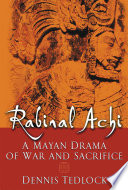 | Dennis Tedlock - Drama - 2003 - 382 pages
...that of Pedro de Alvarado. His reign was a long one, stretching over a pcriiid of forty or fifty years at the end of the fourteenth and the beginning of the fifteenth century.4" While still a youth he launched a military campaign modeled on the story of the hero twins... | |
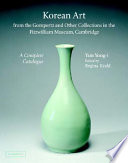 | Yong-i Yun - Art - 2006 - 420 pages
...King Sejong).8' A great number of them are known to have produced inlaid celadon (sanggarn ch'ongja) at the end of the fourteenth and the beginning of the fifteenth century, for example (see map of kiln sites, p. xvi): in South Cholla province - Ch'unghyo-dong, Kwangju-si;... | |
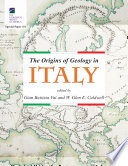 | Gian Battista Vai, W. G. E. Caldwell - Science - 2006 - 240 pages
...factors and strands of reasoning, from both outside and within naturalistic investigations. Between the end of the fourteenth and the beginning of the fifteenth century, the task of recovering scientific heritage of the classic antiquity, written in Greek, was on the shoulders... | |
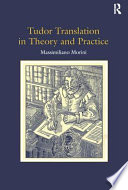 | Massimiliano Morini - Literary Criticism - 2006 - 176 pages
...earliest attempts at establishing a humanistic theory of translation are registered in Italy, between the end of the fourteenth and the beginning of the fifteenth century, with a significant advantage over the rest of Europe, and, particularly, over a relatively benighted... | |
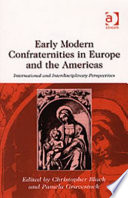 | Christopher F. Black, Pamela Gravestock - Religion - 2006 - 314 pages
...charitable programme mirrored developments taking place in the nearest large centre, Milan, where, by the end of the fourteenth and the beginning of the fifteenth century, there was a notable expansion of almsgiving bodies governed by lay people.28 In the 1380s, the MIA... | |
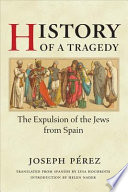 | Joseph Pérez - Civilisation médiévale - 2007 - 174 pages
...this hatred had been largely displaced toward new Christians or converts, mainly against Jews baptized at the end of the fourteenth and the beginning of the fifteenth century. Converts constituted a significant minority of some 250 to three hundred thousand men and women who... | |
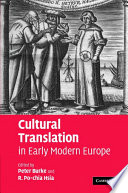 | Peter Burke, R. Po-chia Hsia - History - 2007 - 21 pages
...Nasir al-Din al-Tusi, the leading astronomer of the Maragha Observatory, was turned into Turkish twice, at the end of the fourteenth and the beginning of the fifteenth century. Known as Sifasl der marifet-i takvim (The Thirty Chapters of Calendar Making), it must have been frequently... | |
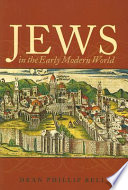 | Dean Phillip Bell - History - 2008 - 322 pages
...depending on a variety of circumstances. The anti-Jewish trends that were evident throughout Spain at the end of the fourteenth and the beginning of the fifteenth centuries are quite clear in the case of the city of Tortosa. 94 In 1346 the local cemetery was profaned,... | |
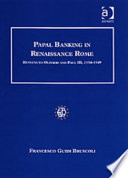 | Francesco Guidi Bruscoli - Business & Economics - 2007 - 356 pages
...members rapidly recuperating the positions they had held in the past and, in the two decades spanning the end of the fourteenth and the beginning of the fifteenth century, rising to a role of absolute domination.18 The papacy, having suffered the negative consequences of... | |
| |